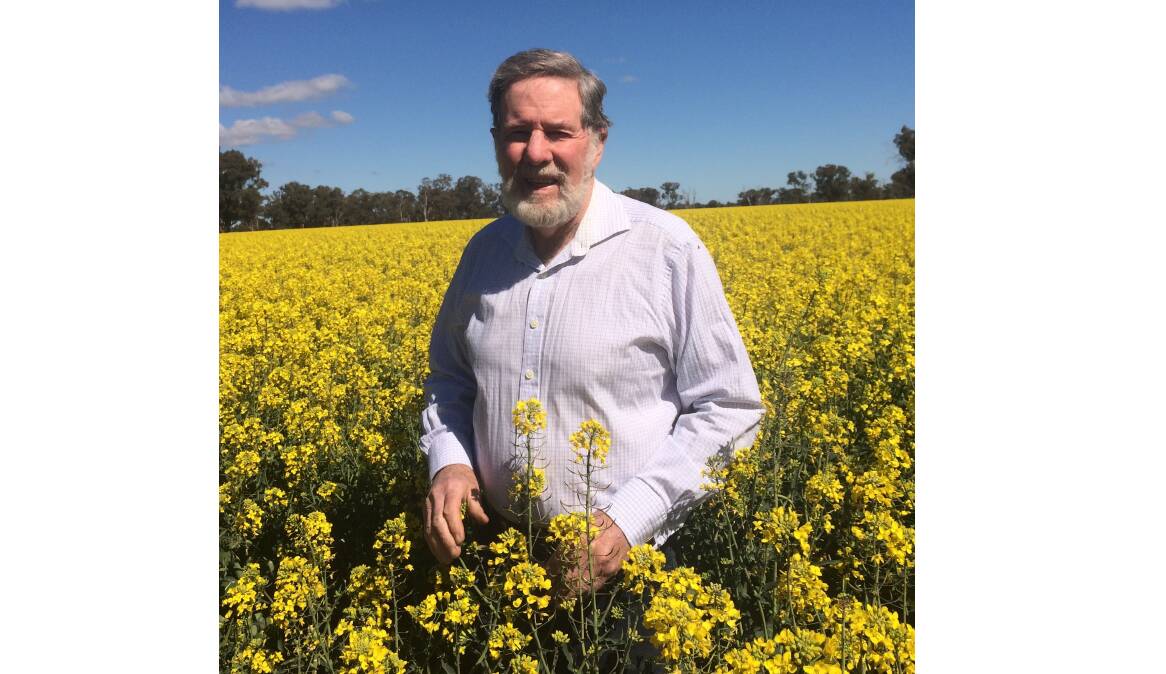
An agricultural scientist who unearthed the capacity for nitrogen-based fertilisers to increase the nation's dryland crop yields has been appointed a Member of the Order of Australia.
Former Giralang local Dr John Angus has been recognised for significant service to the agricultural sector through research roles, and to education.
Dr Angus' research with the CSIRO and Charles Sturt University in the late 80s found tackling root diseases increased the efficiency of nitrogen fertiliser in wheat, canola or barley crops.
"When you overcome root diseases we can get nitrogen fertilisers to work in dryland crops. This had not been done before," Dr Angus said.
"The use of nitrogen fertiliser increased rapidly after these results went public in the 1990s, it became more efficient and widespread."
Dr Angus said it meant Australia could compete with the rest of the world, which was already using nitrogen fertilisers.
But he said issues such as urea shortages tied to the war in Ukraine were pushing up fertiliser prices.
He said alternatives such as creating urea from gas or electrolysis were on the cards, but was not a mature technology.
Dr Angus was born in Melbourne where he studied agricultural science and gained a PhD in photosynthesis.
He is an honorary research fellow at the CSIRO and a Charles Sturt University adjunct professor,
He also received a CM Donald Medal for Agronomy in 2019 and an Australian Medal of Agriculture in 2006.
Dr Angus formerly ran a mixed farm at Stockinbingal before retiring to the South Coast and is now focusing on publishing previous research on sub-soil acidification.
"The biggest problem we have in dryland cropping is acidity in the subsurface, this is due to nitrogen being produced by legumes," he said.
"Adding lime on the surface will cure surface acidity, but the subsurface becomes more acidic."
We've made it a whole lot easier for you to have your say. Our new comment platform requires only one log-in to access articles and to join the discussion on The Canberra Times website. Find out how to register so you can enjoy civil, friendly and engaging discussions. See our moderation policy here.







